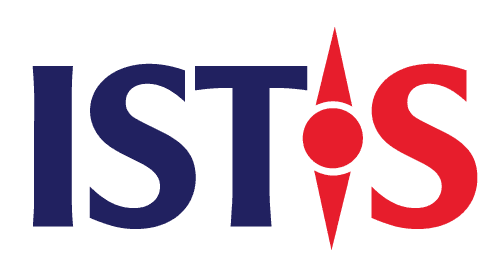In an age of rapid technological advancement and interconnected challenges, no organization — public or private — can afford to innovate in isolation. Traditional closed research models, where ideas are developed solely within internal walls, are proving insufficient to address the complex issues faced by modern societies. As a response, more countries and institutions are embracing the open innovation model — a strategic shift that welcomes external knowledge, partnerships, and co-creation as essential elements of progress.
What Is the Open Innovation Model?
The open innovation model is built on the principle that valuable ideas can come from both inside and outside an organization — and that collaborating across institutional boundaries can lead to better, faster, and more scalable solutions. It encourages the use of shared resources, open platforms, and cross-sector partnerships to generate, refine, and deploy new ideas.
Companies like IBM, Procter & Gamble, and even government agencies in countries like South Korea and Finland have successfully applied this model to accelerate product development, improve public services, and unlock creative capacity that would otherwise remain untapped.
Why Open Innovation Matters for Vietnam
For Vietnam, adopting the open innovation model is not just an option — it is a strategic imperative. As we aim to become a knowledge-based economy and regional innovation hub, we must leverage all available sources of expertise: academic institutions, startups, research labs, private sector actors, and international partners.
Open innovation enables:
- Faster Problem-Solving: By bringing diverse stakeholders to the table, solutions can be tested and refined more quickly.
More Inclusive Development: Communities, entrepreneurs, and local innovators become part of the innovation process — not just passive beneficiaries. - Greater Resilience: Diverse inputs make systems more adaptable to change and reduce dependency on any single approach or institution.
- International Visibility: A culture of open innovation attracts global collaborators and investors who value transparency, agility, and collective intelligence.
Building the Ecosystem for Open Innovation
Vietnam’s ecosystem is showing encouraging signs of openness. However, to embed the open innovation model into our national innovation framework, more systemic steps are needed:
- Policy Support: Regulations must enable data sharing, intellectual property flexibility, and cross-sector collaboration.
Institutional Incentives: Public and private institutions should be rewarded for engaging with external partners and testing open innovation strategies. - Digital Platforms: Open-access innovation platforms and knowledge portals (like those supported by ISTIS) play a critical role in connecting actors and disseminating ideas.
- Education and Culture: We must foster a mindset shift — where openness, experimentation, and shared success are core values of Vietnam’s innovation identity.
A Model for the Future
The open innovation model is not about giving up control. It is about unlocking collective potential to address the complex, fast-moving challenges of our time — from digital transformation to sustainability and public health.
By adopting this model at both the institutional and national level, Vietnam can nurture a more dynamic innovation ecosystem, accelerate homegrown solutions, and contribute meaningfully to global progress.









